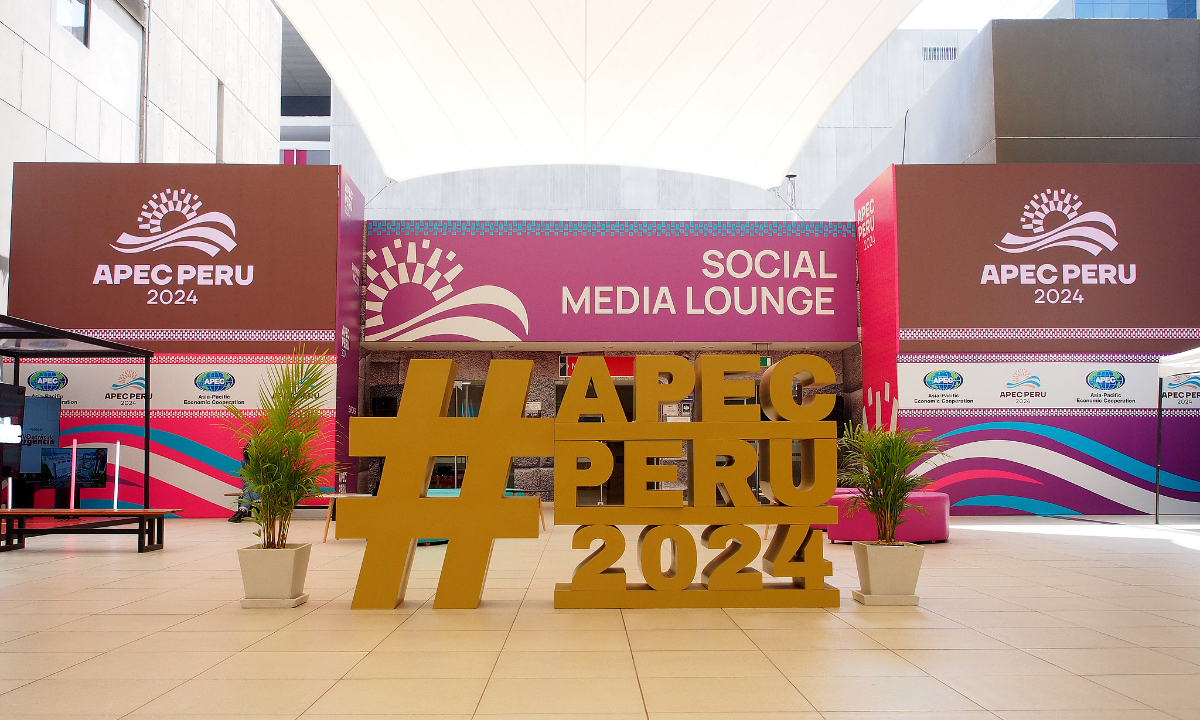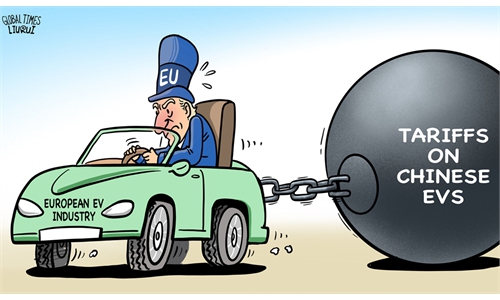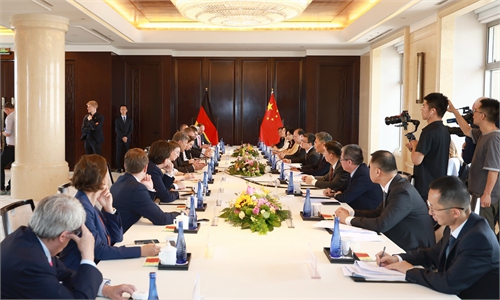The value pursued by APEC is clear: cooperation and development: Global Times editorial

Photo: VCG
The 31st APEC Economic Leaders' Meeting will be held on Saturday in Lima, the capital of Peru. President Xi Jinping will deliver an important speech at the meeting to elaborate on the significant measures taken by China to deepen reform and opening-up and propositions on advancing Asia-Pacific cooperation. This speech attracts widespread attention, not only because China is a key member of APEC, but also because promoting economic cooperation among countries across the Pacific through genuine multilateralism is people's shared aspiration in the region.
This APEC meeting is themed "Empower, Include, Grow," placing a clear emphasis on the host's focus on regional unity and development, cooperation, and innovation. The three priority areas for discussion under the meeting's theme are trade and investment, innovation and digitalization, and sustainable growth. These align with the Putrajaya Vision 2040 adopted at the 2020 APEC meeting, reflecting the body's pragmatic pursuit of goal-setting. Some analyses suggest that the selection of these topics indicates the host's intention to maximize consensus and foster more inclusive and resilient APEC cooperation, while avoiding unnecessary divisions in key areas.
Indeed, in the face of unprecedented uncertainty, the APEC Lima meeting saw a high degree of consensus among participants. Malaysian Prime Minister Anwar Ibrahim stated that cooperation with the Global South must be enhanced to "tap into the vast new potentials and opportunities." Vietnamese President Luong Cuong stated, "Isolationists, protectionism and trade wars lead only to recession, conflict and poverty." This clearly demonstrates that promoting sustainable economic growth and prosperity in the Asia-Pacific region through trade and investment remains at the core of APEC's activities.
It has been noted that during the meeting, many parties sought dialogue with China, whose initiatives and proposals garnered considerable attention and discussion. This is a natural reflection of China's growing contributions to and influence within APEC and highlights the appeal of China's consistent commitment to APEC's principles and goals. Since joining APEC in 1991, China has consistently worked to promote the liberalization and facilitation of regional trade and investment, reducing its overall tariff level from 39.5 percent to 7.3 percent. It has become a major trade partner and export market for most APEC members and has maintained an open attitude toward trade arrangements that contribute to shared development and prosperity in the Asia-Pacific region.
As the world's second-largest economy and the second-largest economy within APEC, China plays a critical role in fostering mutual development and prosperity through win-win cooperation. China's own development creates opportunities for growth and collaboration across the Asia-Pacific. Whether it's through the shared development path "from Chancay to Shanghai," the widespread implementation of the Belt and Road Initiative in the region, active participation in regional free trade agreements such as the RCEP, or its strong support for advancing the Free Trade Area of the Asia-Pacific agenda, China consistently contributes to regional development and prosperity. These efforts align with the interests of many APEC economies, fostering mutual benefits and win-win outcomes. China's proposals and approaches have guided and propelled APEC forward, making China a vital advocate, promoter, and participant in international cooperation. This is a significant contribution by China to APEC beyond the economic and trade sphere.
Some political elites in Western countries now like to promote "value-driven higher standards," aiming to establish alternative regional economic arrangements under their leadership, or even to replace APEC. At its core, this represents a new variation of forming exclusive cliques, unilateralism, and hegemonism. The Asia-Pacific region encompasses countries with diverse resources. If there is a shared value system, it is meeting the needs of nations for development and people's desire for a better life through cooperation. In this respect, Western countries with more advantages in funding, capabilities, and technology should work in alignment with development partners, including China, and take on greater development responsibilities, particularly by following their commitments.
The 21 APEC economies account for over 60 percent of global GDP and over 40 percent of global trade volume, making APEC a crucial engine of economic growth in the Asia-Pacific and globally. For APEC economies, pursuing develop is far more important and meaningful than competition for influence. People have already observed that more stakeholders are joining hands to build an Asia-Pacific community with a shared future. This makes the Asia-Pacific, as a vital engine of global economic growth, a region with an even more promising future.



